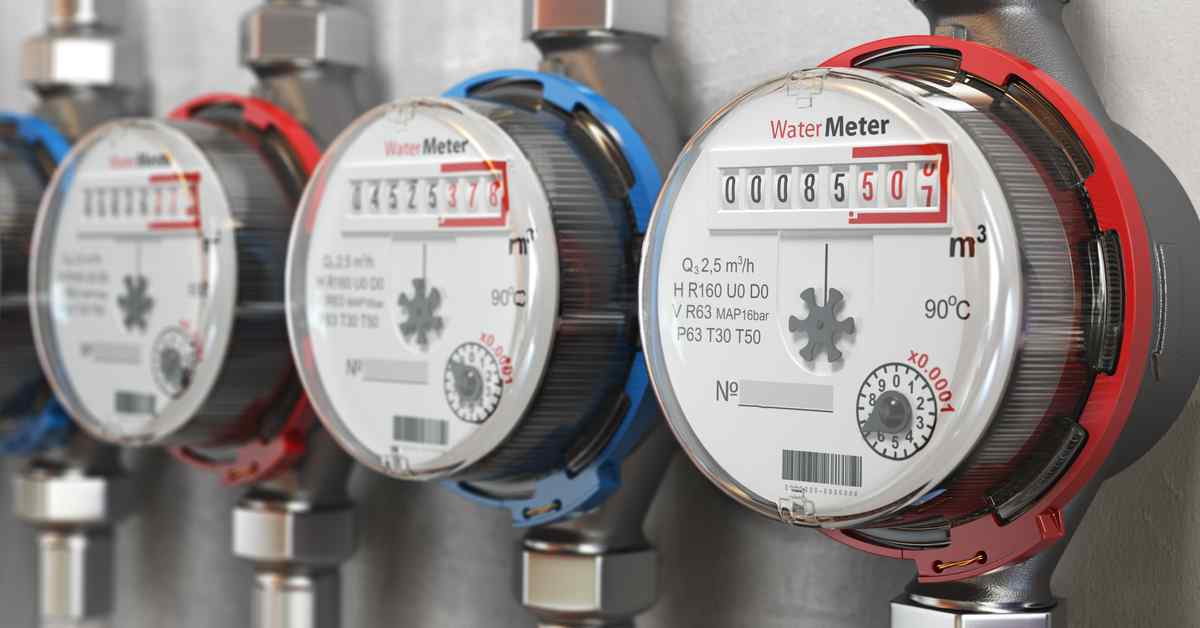Table of Contents
Quality Service Guarantee Or Painting Free

Get a rental agreement with doorstep delivery

Find the BEST deals and get unbelievable DISCOUNTS directly from builders!

5-Star rated painters, premium paints and services at the BEST PRICES!
Loved what you read? Share it with others!


Submit the Form to Unlock the Best Deals Today
Help us assist you better
Check Your Eligibility Instantly

Experience The NoBrokerHood Difference!
Set up a demo for the entire community
Revolving Credit—All You Need to Know About this Facility to Get Started
Table of Contents
Chances are that if you haven't heard the term revolving credit before. But surely, you are familiar with a credit card, even if you haven't used it. Revolving credit is the financial mechanism that is working in a credit card and some other money lending facilities. Here’s all that you need to know about the concept of revolving credit.
Quality Service Guarantee Or Painting Free

Get a rental agreement with doorstep delivery

Find the BEST deals and get unbelievable DISCOUNTS directly from builders!

5-Star rated painters, premium paints and services at the BEST PRICES!
What is Revolving Credit?

When credit cards came into being they were very different from the ones that we see now. Originally, the idea was to have credit that would be paid off in full at the end of each month.
Over the years, this evolved. You never needed to settle everything by the end of the month. You could settle on your own time–only that interest would be added to the pending amount. This is what constitutes revolving credit.
How Revolving Credit Works
If you have trouble paying off the money you owe. The amount will get rolled over to the next month. Interest will be added to the balance each month.
You have the liberty of not having to pay back the amount in any fixed number of payments. You can withdraw, repay and redraw again as you please– unless the revolving credit agreement somehow expires or is terminated.
The revolving credit card holder only needs to pay a predefined minimum fraction of the due amount every month. If the cardholder fails to make this minimum payment, they may receive a late fee or some other penalty.
When Should You Use a Revolving Credit Facility?
Revolving credit is especially useful when you have trouble maintaining a stable cash inflow, or when you end up having unexpectedly large expenses.
Being a flexible loaning facility, you can take advantage of the credit by withdrawing, then repaying, and withdrawing again as and when necessary.
Features of a Revolving Credit Facility

Here are some features of revolving credit you should consider if you are planning to use it.
- You can withdraw or use a partial fund, but this is stipulated only till the pre-approved credit limit is set.
- You can use the credit facility on a repeated basis.
The borrower must repay subject to a minimum repaying amount as consecutive payments, or he/she may repay in full at a single time.
During some events, the borrower has to pay a certain sum of money as fees for the amount of money which has been not utilized and this is very much seen when corporate banks give revolving credit loans.
The borrower is charged interest only on the borrowed part of the loan and not on the entire pre-approved amount.
To begin the revolving credit facility the bank must charge a fee of commitment which compensates the lender for keeping open access to the potential credit facility.
The 2 Types of Revolving Credit

There are two kinds of revolving credit –secured and unsecured revolving credit.
Secured Revolving Credit
Secured credit is backed by property or a security deposit, like a car or a house and the amount you can borrow depends on what you put up as collateral.
Since lenders will get paid if you can't pay back your debts, this is less risky for them. Most of the time, your interest rate will be lower if you have secured credit. This is because there is less risk. A secured credit card is a good example of a secured revolving credit line.
Unsecured Revolving Credit
Unsecured revolving credit, on the other hand, isn't backed by anything. Even though you won't lose anything if you don't pay your debts, you'll have to pay more in interest. Most traditional credit cards are forms of revolving credit that you don't have to pay back.
Advantages of Using a Revolving Credit Facility

Here are some benefits of revolving credit–
1. Freedom to Spend According to Your Needs
If you have a credit card with a ₹1 lakh credit limit, you don't have to spend the whole 1 lakh if you don't want to. You can spend as you please without the fear of a spending cap.
How you pay back your account is up to you: You can choose to pay off your account in full every month, pay only the minimum balance, or pay any amount in between (but you'll have to pay interest).
2. Source of Credit that Lasts
You won't have to apply for a new loan every time you need money if you have a credit card or another revolving credit account.
Disadvantages of Revolving Credit

1. Higher Rates of Interest
Most of the time, the interest rates on revolving credit accounts are higher than those on loans. If you don't pay off your account in full every month, interest can cause a lot of trouble.
2. Usage Fees
Some revolving credit accounts have annual fees. Some may charge a fee for setting up the account, or other fees.
3. A Bad Credit Score and Debt
If you don't pay your bills on time and in full and spend more than you can afford, your credit score could go down and you could end up in debt.
How Can NoBroker Help
If you are new to the world of credit transactions, it is easy to get overwhelmed by the amount of information surrounding credit.
We’ve got you covered. For any queries regarding credit transactions, reach out to NoBroker’s Legal Services Team and they will be able to help you out.

FAQs
Here are some of the forms of revolving credit that you might recognise
Credit card
Personal lines of credit
Home equity line of credit.
Revolving credit is a good idea if you want flexibility about your monthly credit. As long as you have the habit of paying your balances promptly having a revolving credit is a good idea.
The key difference is that an overdraft is a line of credit available exclusively from banks. For the same reason, the overdraft is linked to your bank account. Meanwhile, revolving credit is usually in the form of a new credit agreement.
Other popular forms of credit include trade credit, bank credit, open credit and service credit. Even home loans are a form of credit that is used popularly.
The most commonly seen example of a revolving credit facility is a modern credit card. You can use a credit card continuously without a predetermined schedule. The only catch is that if you are to default on payments, interest will accrue on your debt.
Recommended Reading

Rupay Vs Visa Vs Mastercard: Learn About How RuPay Card is Different From Visa And Mastercard
January 31, 2025
11109+ views

Best App to Pay Rent: Ultimate Guide for Digital Transactions
January 31, 2025
4868+ views

Best Rent Payment Mobile App: List of Top 10 Apps in India to Pay Rent Online
January 15, 2025
8404+ views

Pay Rent with Credit Card: Experience Secure Online Rent Payments
August 18, 2023
4565+ views

Balance Transfer Credit Cards: A Smart Debt Management Solution
August 18, 2023
3751+ views
Loved what you read? Share it with others!
Most Viewed Articles

How To Get a New Gas Connection for New House or Rented House
January 28, 2025
23139+ views

Gruha Jyothi Scheme: Meaning, Eligibility and Documents Required in 2025
January 31, 2025
16923+ views

Jhatpat Portal: Quick Guide to Applying for UPPCL Connections
January 31, 2025
14957+ views

Types of Electric Meters: Find the Best Option for Your Home or Business
January 31, 2025
12565+ views
Recent blogs in
Water Bill Payment Online Bangalore: Simplifying BWSSB Payments
January 31, 2025 by Jessica Solomon
बंगळुरूमध्ये आपले पाणी बिल ऑनलाईन कसे भरावे याबद्दल मार्गदर्
January 31, 2025 by NoBroker.com
बैंगलोर में पानी का बिल ऑनलाइन कैसे भरें
January 31, 2025 by NoBroker.com
January 31, 2025 by NoBroker.com
How To Pay Your HMWSSB Water Bill in Hyderabad: A Step-By-Step Guide
January 31, 2025 by Simon Ghosh




Join the conversation!